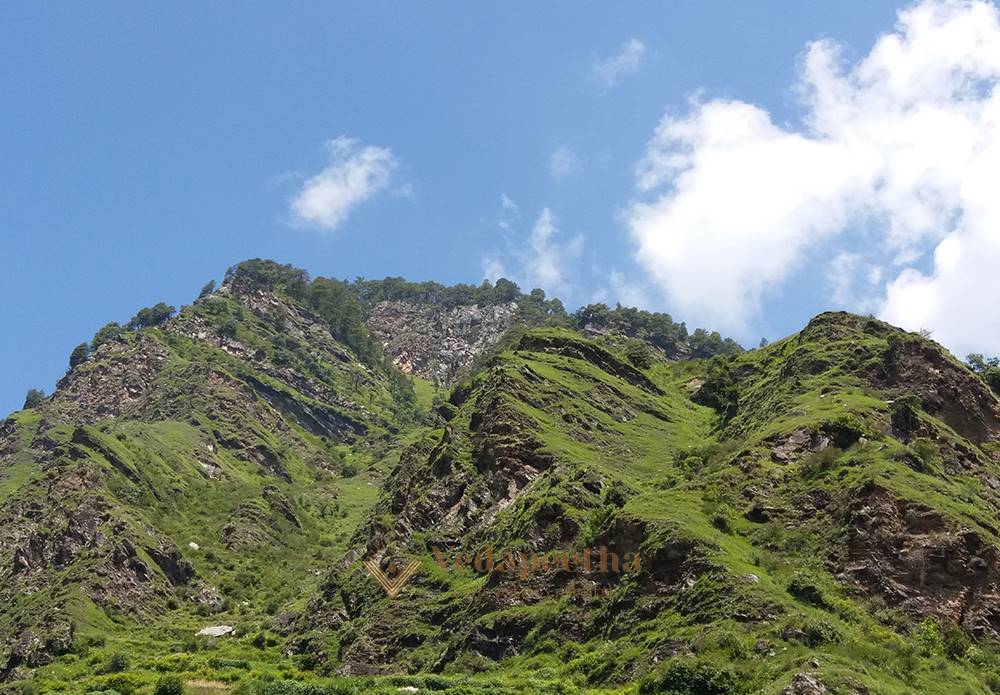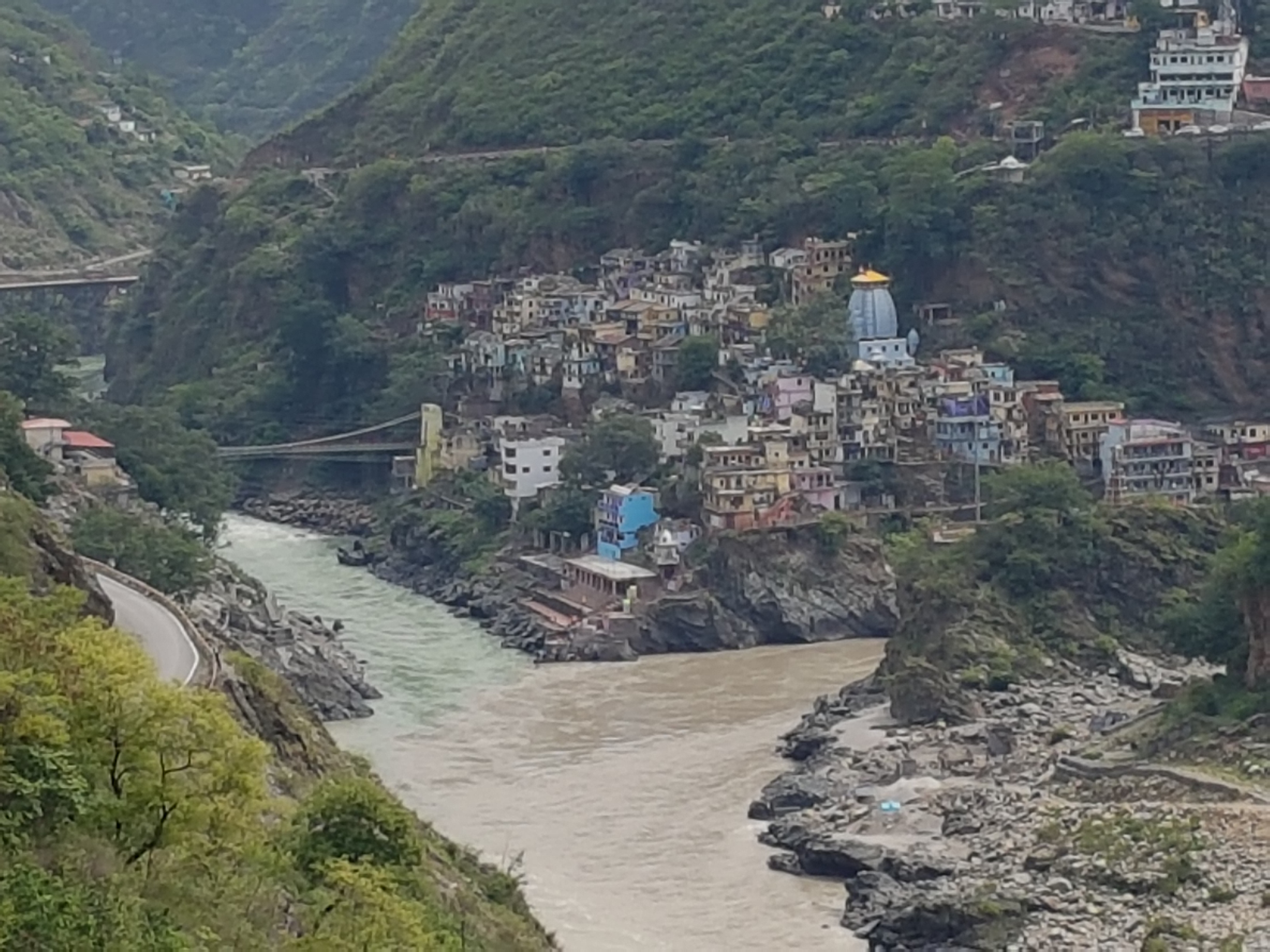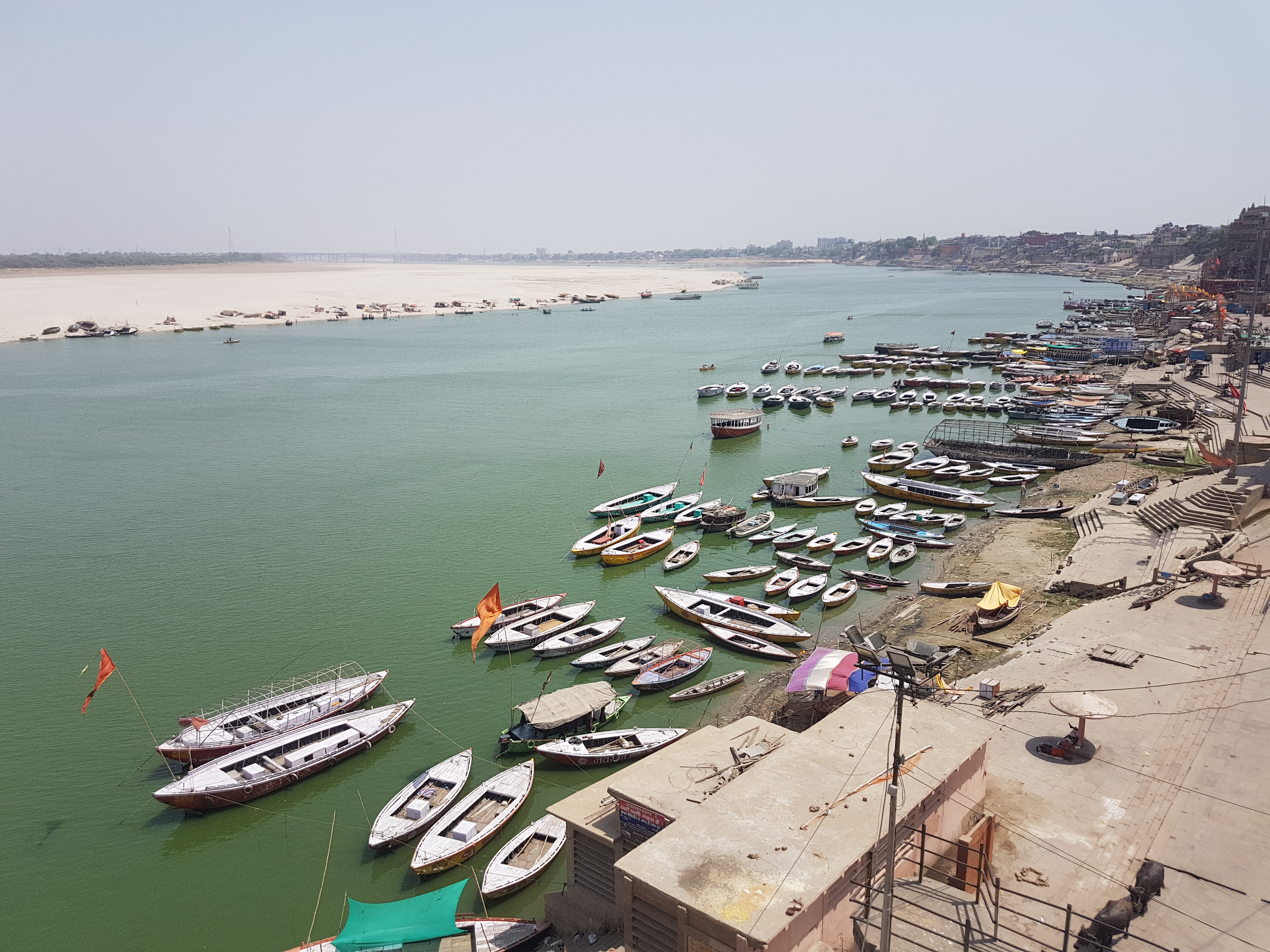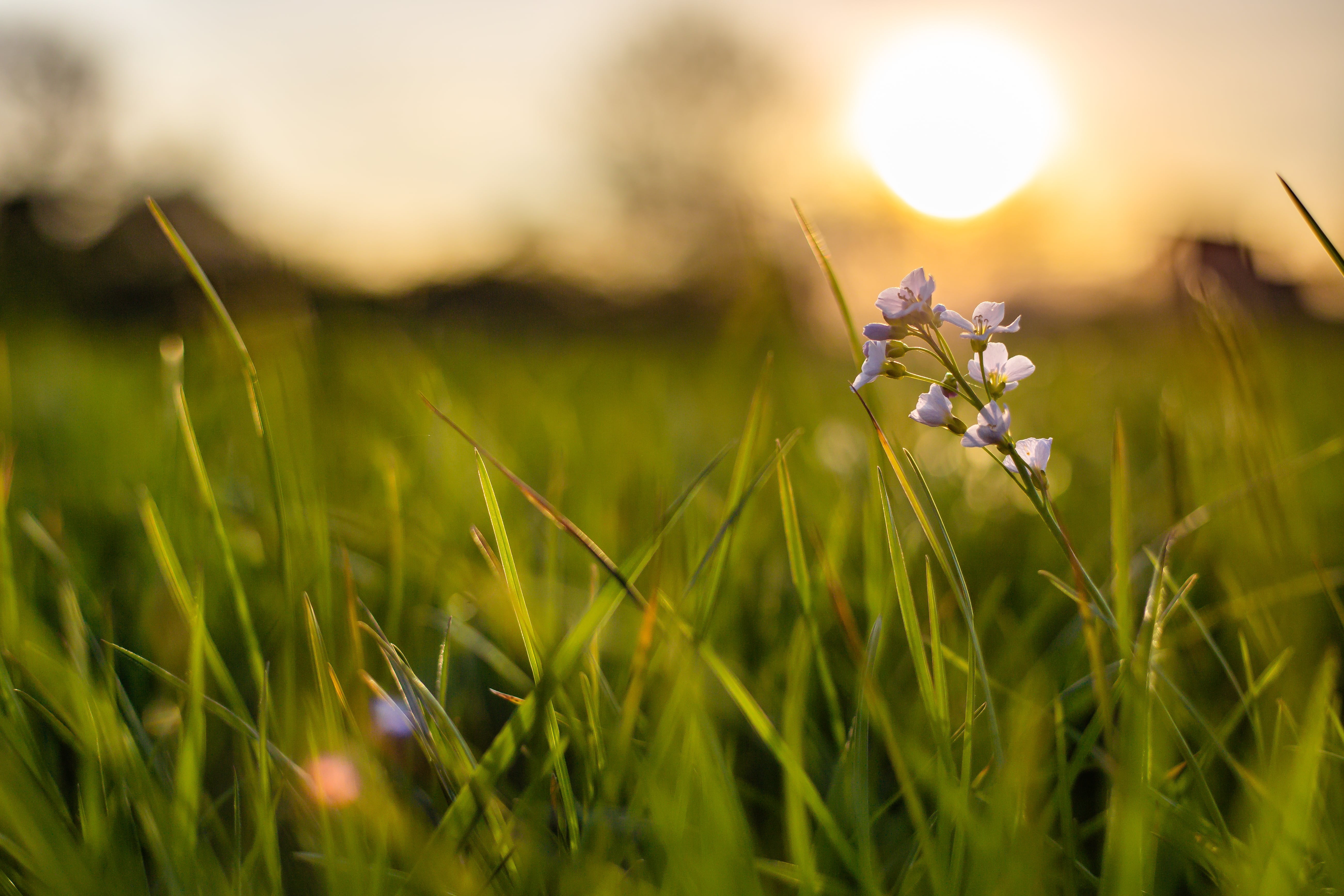Kauthuma Saṃhitā
The Sāmaveda Saṃhitā of Kauthuma śākhā consists of two parts. The first part called Ārcika or Pūrvārcika or Chando-grantha, contains 585 verses disjoined from their proper sequence in the Ṛg-veda and arranged in 59 Daśatis or decades, which again are subdivided into Prapāṭhakas and Ardha-prapāṭhakas. The second, called Uttarārcika, consists of 1225 verses, originating from Rik Saṃhitā, but less re-organized than in the first part, and arranged in nine Prapāṭhakas with Ardha-prapāṭhakas.
The Kauthuma Śākhā is the most prominent of the 3 here-mentioned. It consists of two parts:
(1) Ārcika
(2) Gāna
This tradition is used in major states of India like Gujarat, Maharashtra, Tamil Nadu, Kerala, Karnataka, Uttar Pradesh, Bihar, West Bengal. There are countless varieties of Kauthuma chanting. This Śākhā is the highest spirited tradition of Samāveda.
The Ārcika is divided into two parts:
(1) Pūrvārcika
(2) Uttarārcika
Pūrvārcika - It contains four parts:
(1) Agneya: 114 verses for Agni
(2) Aindra: 352 verses for Indra
(3) Pavamāna: 119 verses for Soma
(4) Āraṇya: 55 verses for Indra, Agni, Soma, etc.
Uttarārcika
The Uttarārcika contains a total number of 1225 verses.
Gāna
The Gāna part of the Sāmaveda has also been divided into Prakṛti Gāna and Uha Gāna. The Gāna collection is subdivided into Gramageya and Āraṇyageya. This Śā́khā is widely practiced in Gujarat, Maharastra, some parts of Tamilnadu, Karnataka, Uttarpradesh and recently revived in West Bengal.
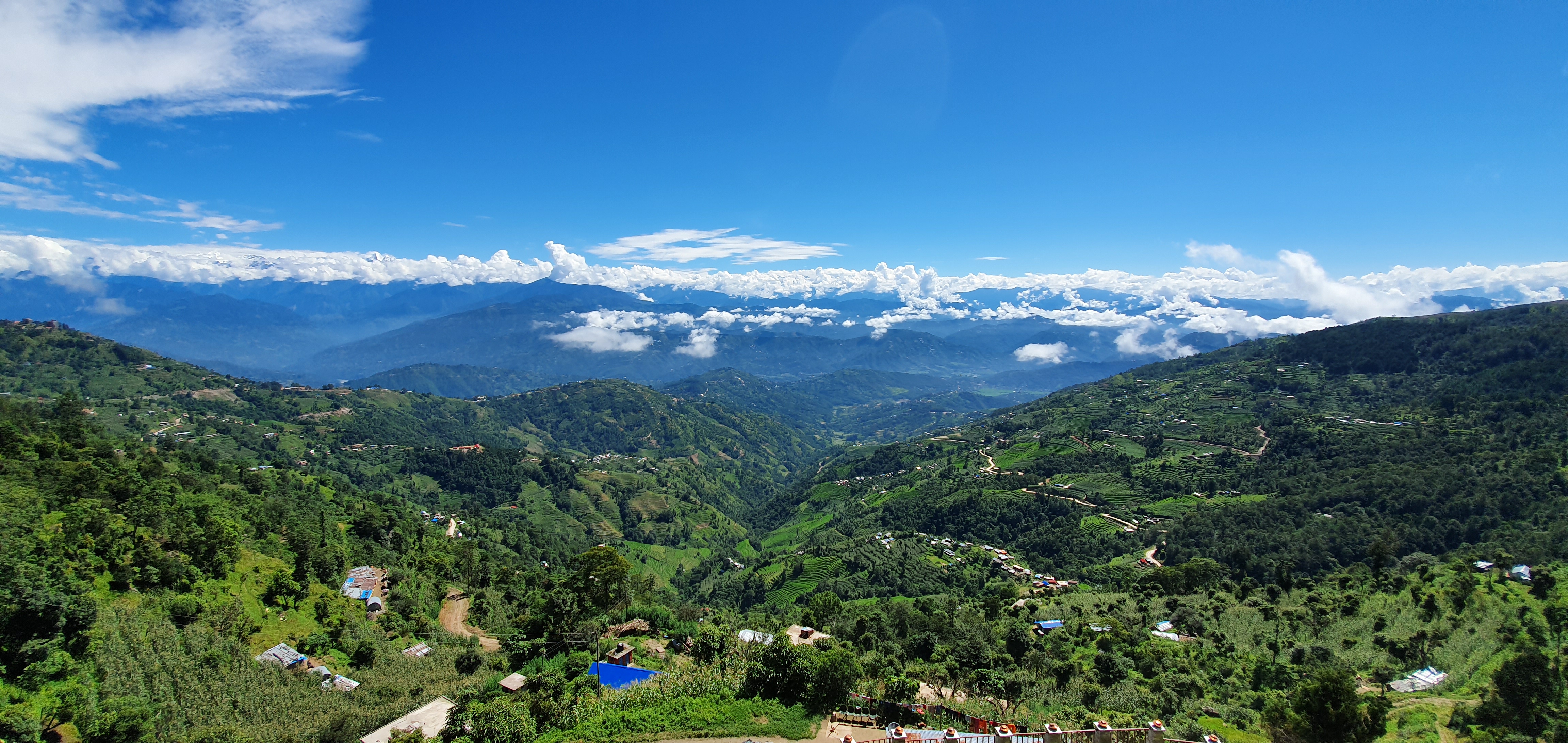
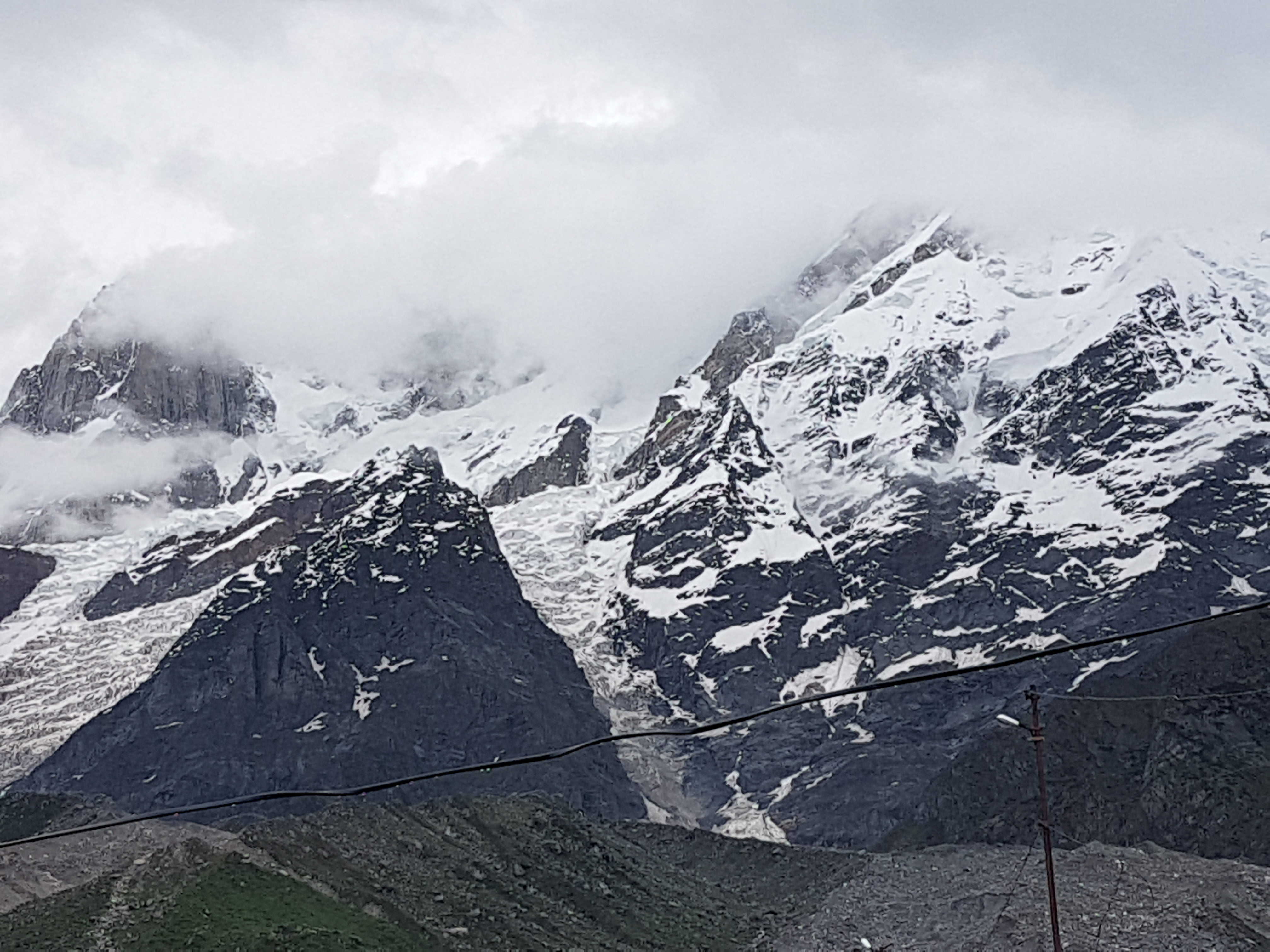
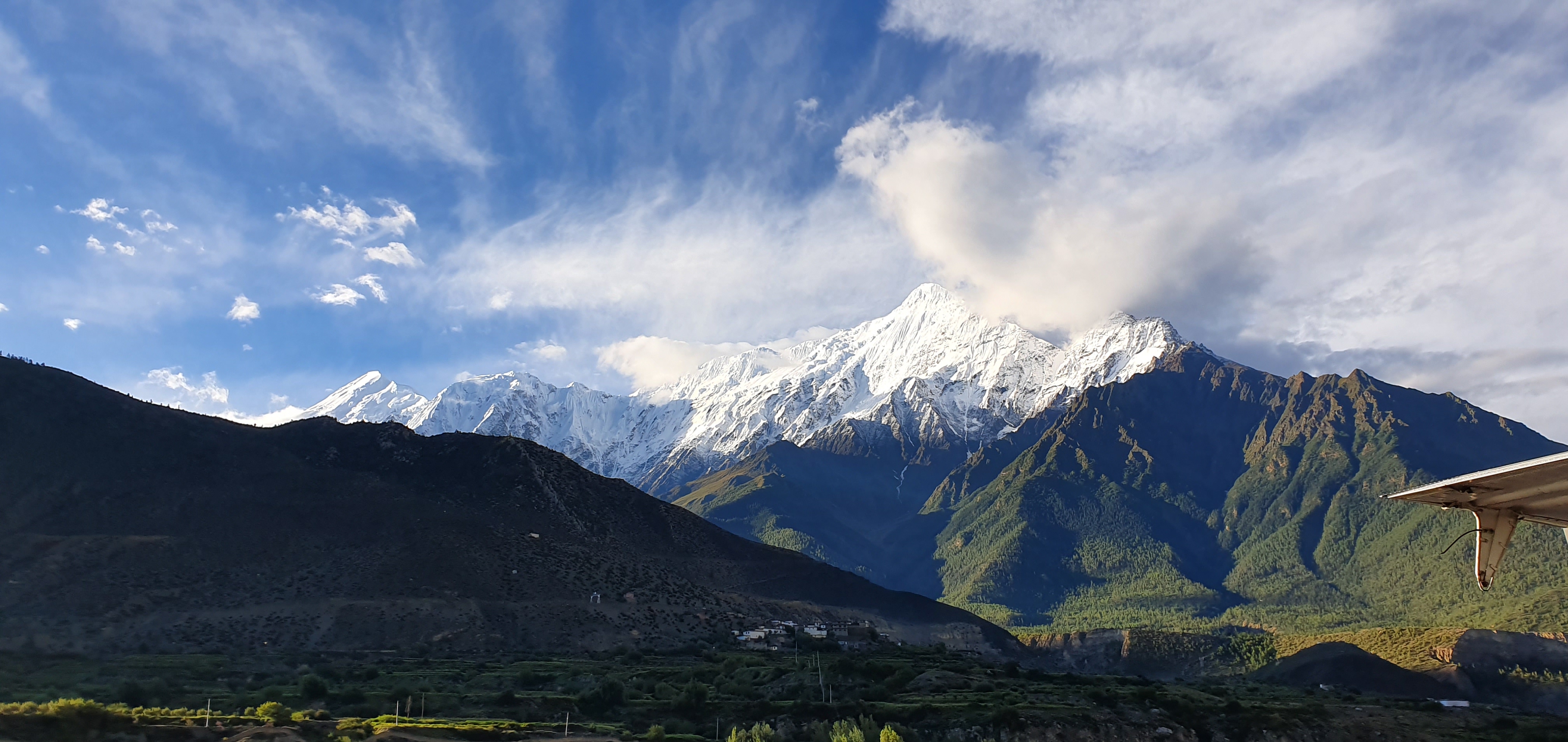
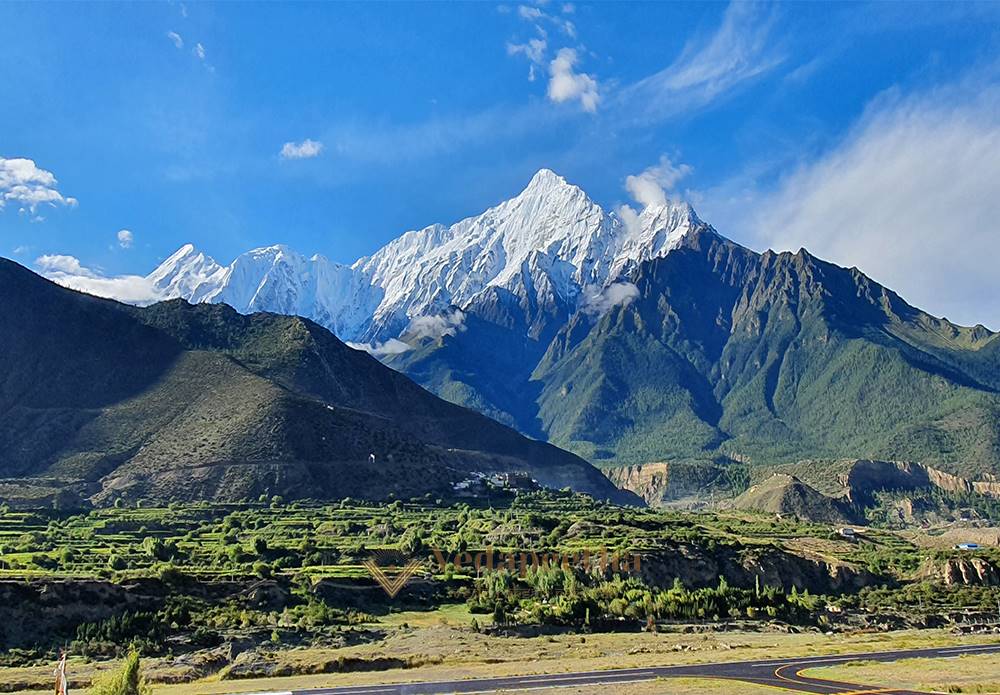
.jpg)

